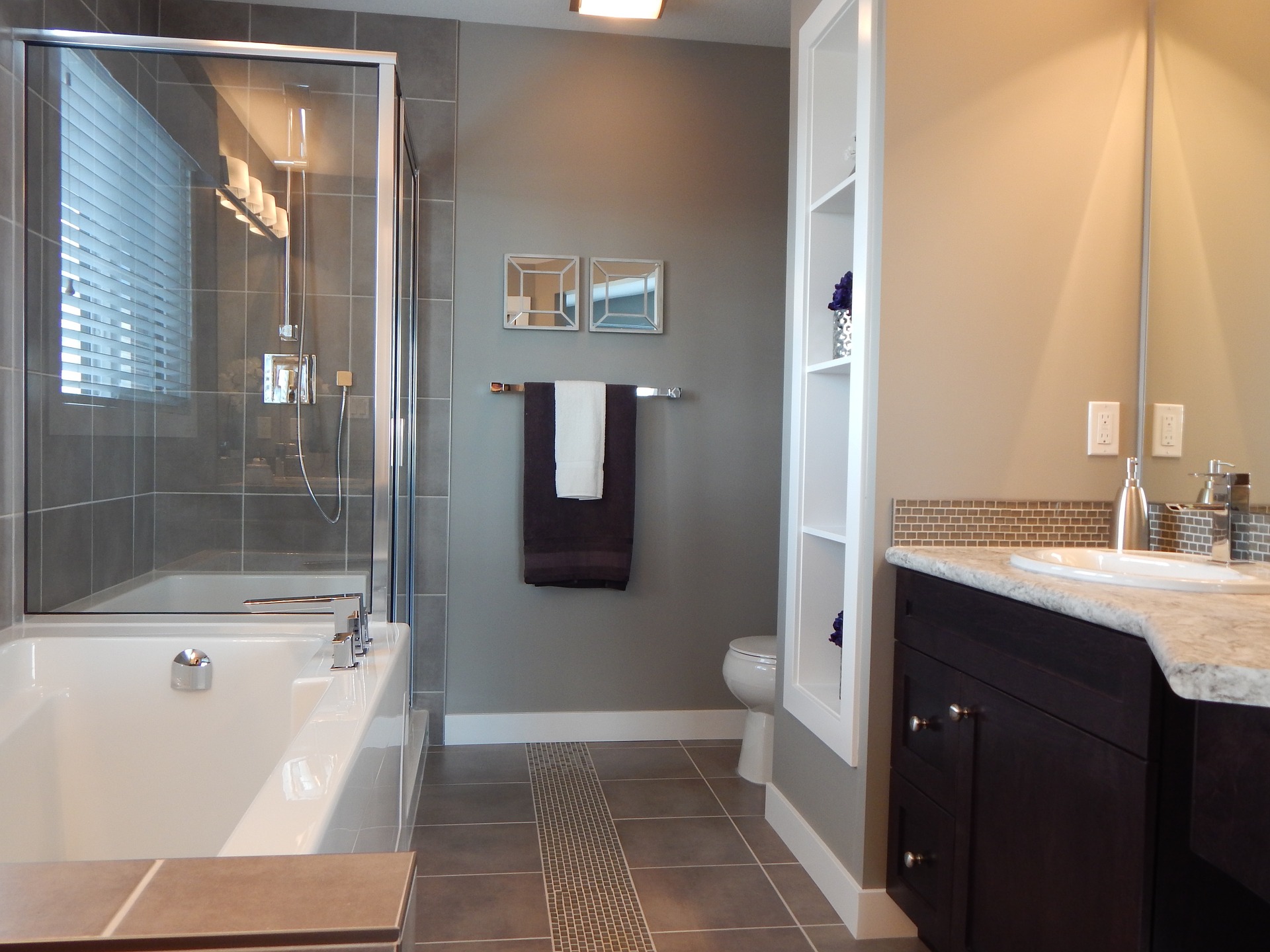Working through a shower box project can be tricky for homeowners when it comes to the notion of value. How much money is too much? What materials will offer durability and performance? How will this asset fit within the rest of the bathroom space?
Fortunately there are some go-to tips that outline what shoppers should pay attention to as features. Certain elements will be present from the outset, but others will need to dig a little deeper to find the answer.
Picking a Style That Homeowners Love
The good news for families who are wanting to oversee a shower box project is that they have a myriad of styles at their disposal to leverage. This is a decision that will come down to three essential factors: personal taste, suitability for the environment and customer budget. From the frameless shower to the rectangular, the tub, square, the D-shaped and quadrant varieties, these displays will be a matter for the individual to assess once they look over presentations online and in-person for a real time appreciation.
Quality Reputation of Developer
Who is designing the shower box and who is installing the product on site? These questions will go a long way to assessing the value of the program for households as they think about the track record of the provider and whether or not they have met community standards and the industry threshold in equal measure. People are able to find out this information at the touch of a button when they scout brands via search engines, social media sites and apps while personal recommendations can emerge during talks with family and friends.
Considering Glass Thickness
The fragility of a shower box will often be attributed to poorly constructed glass frames. If these materials are strong and certified, that will give peace of mind for households in this context. The cheaper creations will be listed around the 4mm mark while the alternatives with the 6mm, 8mm and premium 10mm thickness levels are considered more durable and resistant to damage in the long run.
Accounting for Bathroom Space & Proximity to Vanities
Assessing space is a key exercise with a shower box. It will help to inform the nature of the doors and hinges, allowing for a more open and flexible experience or a confined one. The inclusion of sinks, bathtubs, drainage systems, mirrors and more will also dictate where the placement happens to be and what will work best from an overall design point of view rather than the shower in isolation. Homeowners who are designing their bathrooms from scratch will have an advantage if they want specific sizes and placements from the outset.
Sufficient Drainage Support
The inclusion of a tray will be commonly advised for homeowners that will opt for a walk-in shower system. This is a mechanism that is custom built to complement the glass panels. It is a way of facilitating a comfortable fit for the user that removes any build up of water in the area. Panels and tiles are also used for these purposes. For constituents who want value for the project, they are advised to find a tray that achieves this level of drainage support, something which might require consultation with a domestic plumber.
Defining a Project Budget
Homeowners can only ever judge the merits of a shower box if they work within an idea of a budget. For premium clients who consider money no expense, then they will look for the high-end model at every juncture. However, most constituents will need to acquire a quote from providers that indicates how much their materials and their time will cost before they put the agreement of a shower box into action.
